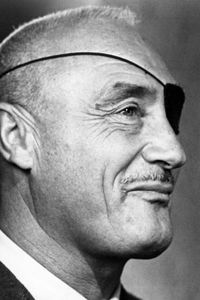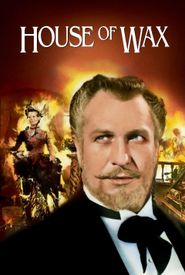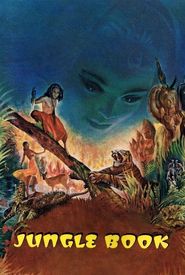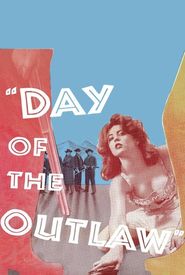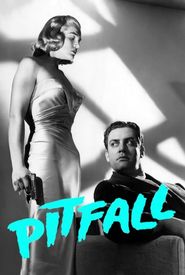Andre De Toth, a Hungarian-born filmmaker, began his career with a law degree from the Royal Hungarian University, but instead chose to pursue a life on the stage, where he honed his acting skills. As his passion for the performing arts only grew stronger, De Toth eventually entered the Hungarian film industry, where he worked as a writer, editor, second unit director, and actor before finally making the transition to directing.
Before the outbreak of World War II, De Toth directed a few films in Hungary, but as the war began to escalate, he fled to England, where he secured a job with the renowned director Alexander Korda. When De Toth emigrated to the United States in 1942, Korda secured him a position as a second unit director on the film "The Jungle Book" (1942).
De Toth's directorial debut in American films came in 1944, and he quickly established himself as a filmmaker known for his gritty, hard-edged pictures, whether they were westerns or urban crime dramas. What set De Toth apart from his contemporaries was his willingness to depict violence in a realistic and unflinching manner, a bold and somewhat controversial approach for the time.
One of De Toth's most iconic films is undoubtedly "House of Wax" (1953),a Vincent Price-starring horror film shot in 3-D. Interestingly, De Toth's unique visual impairment – he was born with only one eye – made it impossible for him to experience the film's 3-D effects firsthand. Nevertheless, the film was a critical and commercial success, and is widely regarded as the best 3-D film ever made.
